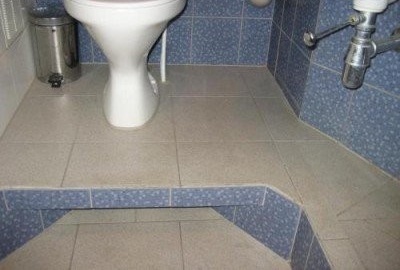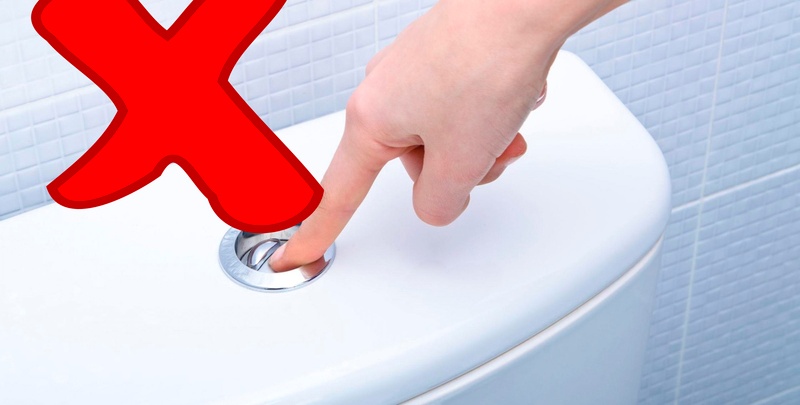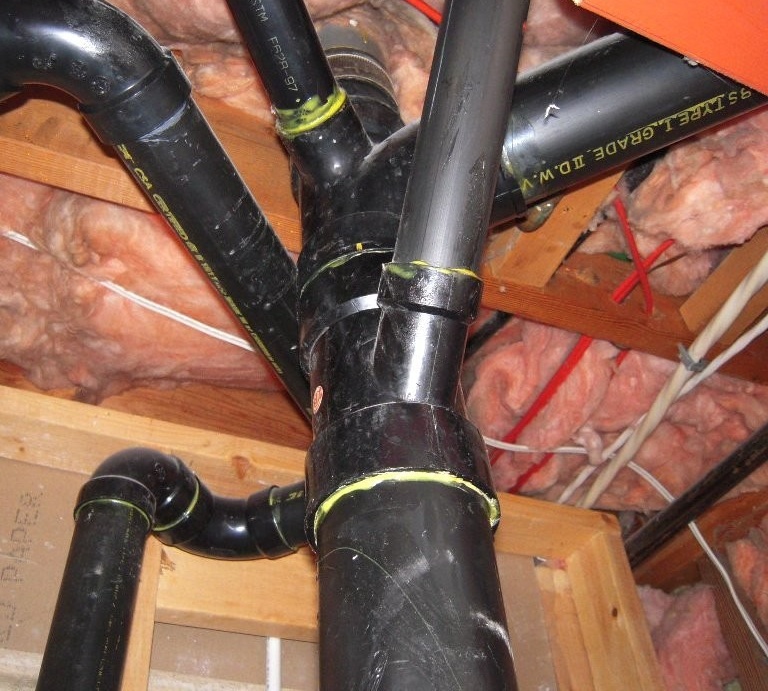How to properly transfer the toilet from the riser when combining the bath with the toilet?
Good afternoon! Conceived repair bathroom. We want to combine it with the toilet. For the convenience of redevelopment, you need to transfer the toilet. I doubt that it is possible ... Is it real? And how to make sure that you don’t encounter problems in the further operation of the equipment?
Hello! You can transfer the toilet a certain distance from the riser. However, this event, which is simple at first glance, has many nuances on which the further use of equipment depends. Plumbers warn that the greater the distance the sewer riser will have to overcome sewage, the higher the risk of clogging. Some "masters" argue that this is not so, because theoretically pollution in any case "get" to the goal. It’s true, but there are much more opportunities to “gain a foothold” in place on a long journey.
How to avoid problems - norms and recommendations of SNiP
Another problem is the appearance of an unpleasant sewer smell in the room. It is associated with excessive vacuum, which is inevitable in too long sewer pipes. In this case, each flush will be accompanied by the exhaustion of water from all nearby plumbing fixtures and the breakdown of their water seals. In addition to odors from the sewer, there will also be unpleasant gurgling sounds. To do without the above problems, you should follow the recommendations of the current SNIP.

In some cases, when moving the toilet from the riser, it is necessary to lift the equipment onto a small podium to provide the necessary slope for sewer pipes
The document prescribes to transfer the toilet no more than 1.5 m from the sewer riser. In addition to the “correct” removal, the necessary slope must also be observed, under which the pipeline must be laid. For parts with a diameter of 100 mm, the slope should be 2 cm per meter. For elements with a diameter of 50 mm, the slope cannot be less than 3 cm per meter. These recommendations should be strictly observed, otherwise problems with blockages cannot be avoided. Reducing the recommended parameters will lead to a decrease in the fluid velocity, which will lead to blockages. An increase in slope, in contrast, will cause water to move too fast. She will not have time to capture solid pollution, which will begin to accumulate in the pipe and eventually completely block it.
It turns out that most often the toilet should be raised when moving to another place, thereby ensuring the necessary slope for the pipes. In this case, depending on the distance of the transfer, a rather decent amount of rise can be obtained. In addition, the pipe connecting the riser and the toilet will also have to be masked somehow. Given that its diameter is large enough, you may need to raise the floor or equip a small podium, especially for plumbing equipment.
Another important detail: when laying a new pipeline, right angles should be avoided.If you can’t do without them, proceed as follows: mount two angles of 45 ° instead of one at 90 °. Otherwise, the probability of clogging in the pipe increases sharply. All of the above requirements are required when moving the toilet. However, even they do not work if you need to move the equipment to a distance greater than that specified in the SNIP, or its recommendations turn out to be difficult to implement. There is a solution in this case too.
The first is the transfer of the riser itself, which is extremely troublesome. The second is the use of special equipment that is intended for forced sewage. It makes the system work in conditions where ordinary gravity sewage can not cope with its functions. To equip such a structure, a sololift or a fecal pump is usually used. This is a compact device that can be placed behind the toilet bowl or even inside it. The device, which is a powerful pump equipped with chopper blades, pumps out sewage, grinds solid waste, and pushes the resulting mass into the sewer.
Choose a sewer installation, video
One of the main advantages of the equipment is the possibility of using sewer pipes of small diameter: from 18 to 40 mm, which are very easy to hide even behind a drywall. The power of the pump is quite high. With its help it is possible to discharge sewage without problems to a distance of about 5-7 m vertically and about 100 m horizontally. For the installation of the device, no additional construction work will be needed. When choosing a sololift for forced sewage, it must be borne in mind that if you plan to connect a washing machine or shower to it, you need to choose models with relatively high temperature limits for drains. Otherwise, the device will fail very quickly.
Short-term protection options are available that allow the pump to pump hot effluents. However, it is designed for half-hour operation only. Constant work with a heated liquid to such devices is also contraindicated. In the technical part, recommendations for transferring the toilet from the riser are not much different from the standard instructions for connecting the device. The only difference is the installation of a longer pipeline laid down slope. Installation of the grinder pump is carried out in strict accordance with the requirements of the instructions.


